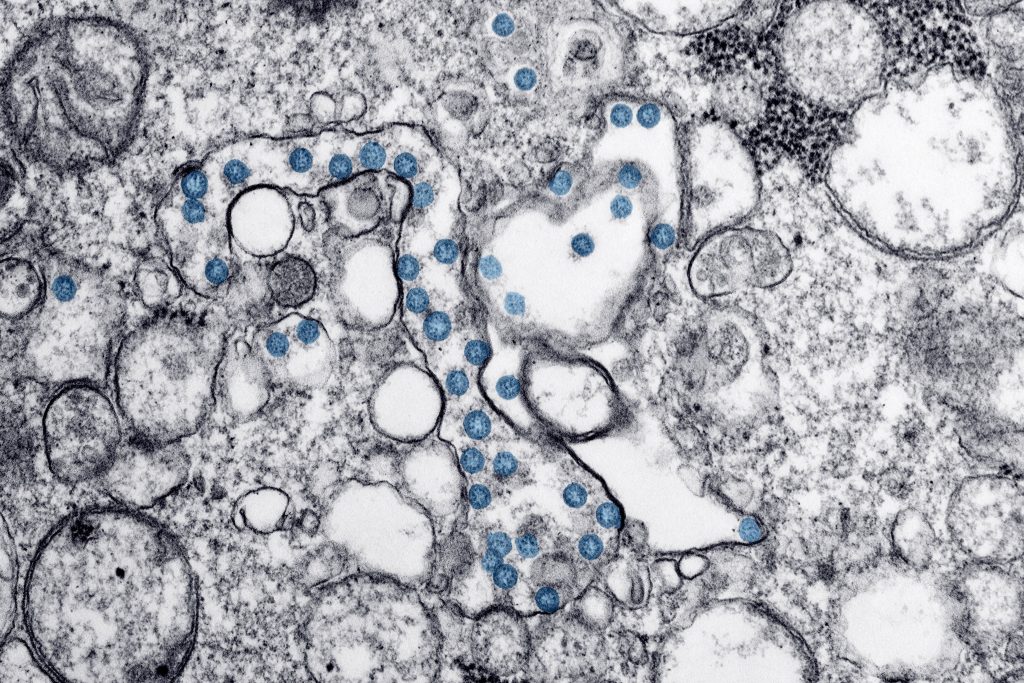
Spencer Platt | Getty Images
IPO investors in a record-breaking issuance rush in 2021 have so far been disappointed by dismal returns, and the outlook for the once-booming market is only getting worse with rising rates and insider selling on the horizon.
Last year, the number of U.S. traditional IPOs climbed to the highest levels since the late 1990s and deal value hit record levels, according to Dealogic. So far performance from these public debuts has been lagging their historical average significantly.
2021 deals have fallen 14% on average in the six-month post-IPO period, compared to a historical average of 14%, according to Bank of America.
“High IPO supply, the anticipation of higher Fed Funds rates, a historically extreme proportion of early-stage/non-earning companies, plus perhaps some investor fatigue around learning so many new companies took a toll,” Thomas Thornton, a managing director at Bank of America, said in a note.
Amid expectations for higher interest rates and a return of volatility, the market swiftly rotated away from risky, growth-oriented companies, especially hurting small-cap IPOs and those that have a long roadmap to profitability.
Electric pickup maker Rivian Automotive was one of the biggest IPOs of 2021 with its market cap briefly topping traditional automakers like Ford and General Motors. However, the stock has wiped out all the post-debut pop, trading about 12% below its IPO price.
“I think there’s no doubt that the IPO market will slow down this year,” said Ulrike Hoffmann-Burchardi, portfolio manager at Tudor Investment Corp. “We have seen, especially in software, which is probably 90% of the tech IPO pipeline, now a drastic reset in valuations.”
Tech stocks are seen as sensitive to rising yields because increased debt costs can hinder their growth and can make their future cash flows appear less valuable.
“We have to see rates stabilize,” Hoffmann-Burchardi said. “When the volatility and interest rate move is that large, it’s going to be very hard for valuations to find and recalibrate itself.”
Meanwhile, many IPOs done in the second half of 2021 will experience lockup expiration sometime in the next six months. An IPO lock-up period is typically 180 days where company insiders can’t sell their shares.
— CNBC’s Leslie Picker contributed reporting.

